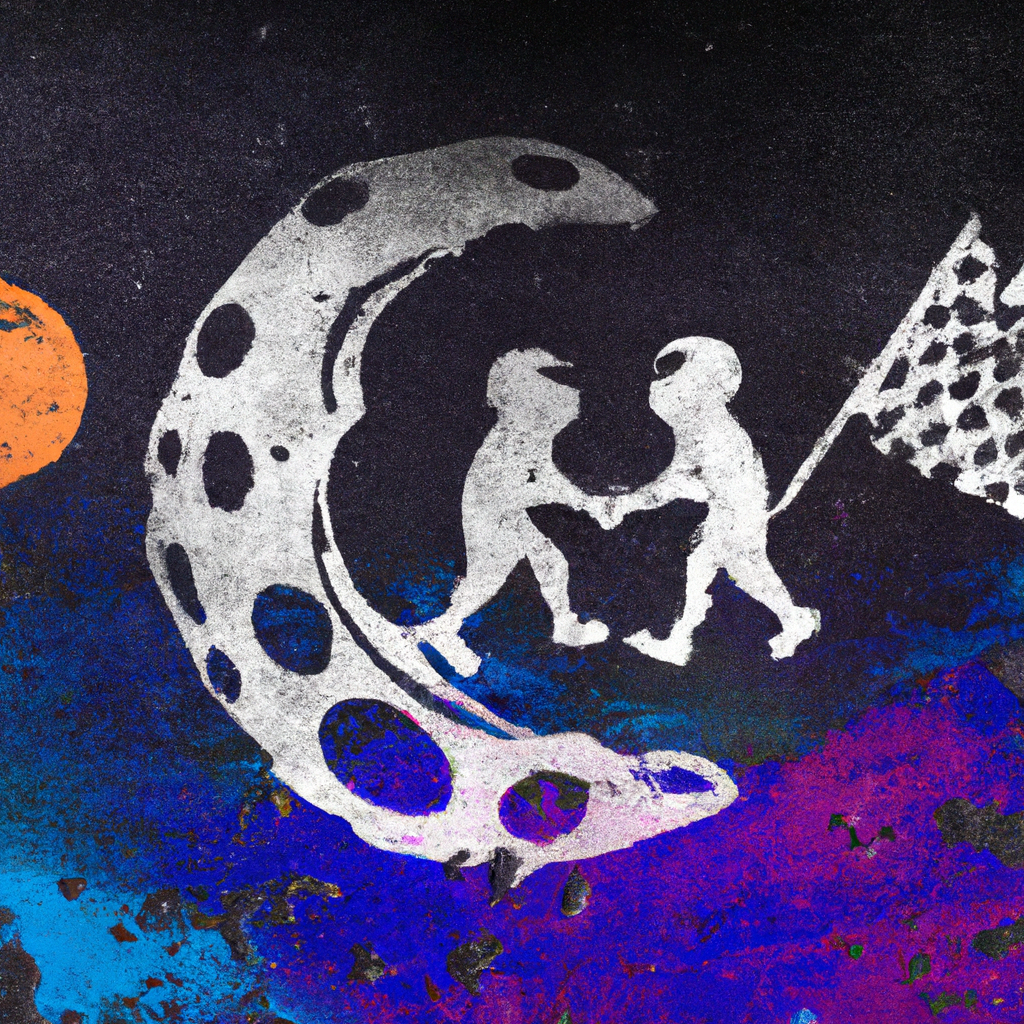In a world where even the most seasoned celebrities navigate the labyrinth of family dynamics, the Beckham clan serves up a fresh dish of intrigue. The question simmering on the tabloid stove is whether a shared appreciation for culinary skills can mend familial rifts. But before we bite into this narrative, let’s explore the broader cultural table setting.
What’s Claimed
Recently, headlines have suggested that the Beckham family is on the verge of reconciliation, with Victoria and David Beckham allegedly praising their son Brooklyn’s cooking prowess. The implication is that a kitchen compliment might be the olive branch that ends months of family feuding.
What We Found
After sifting through the layers of tabloid storytelling, it becomes apparent that this narrative lacks substantive evidence. Public statements from the Beckhams are sparse, with the majority of claims originating from unnamed sources or speculative interpretations of social media interactions. In the realm of celebrity news, it’s crucial to distinguish between reality and a crafted tale meant to captivate public imagination.
Cultural Context or Why It Matters
At the heart of this story is a timeless question: Can art, or in this case, culinary skill, truly bridge personal divides? From Shakespeare’s family feuds in “Romeo and Juliet” to modern-day celebrity spats, the allure of reconciliation through a shared passion is universally compelling. It invites us to ponder our own familial relationships and the role of shared experiences in healing wounds. Could a mutual appreciation for taste and texture lead to familial harmony, or is this merely a flavorful distraction?
The Receipts
- Reuters – General celebrity news and analysis.
- Snopes – Verification of celebrity claims and gossip.
- Full Fact – In-depth fact-checking of media stories.
Verdict: Unproven
While the narrative is intriguing, the evidence supporting a genuine familial reconciliation remains speculative at best.





